Big cats, known for their majestic presence and top-of-the-food-chain status, are an essential part of global biodiversity. Despite their iconic status, many big cats are listed as endangered, primarily due to human activities. This article delves into the challenges of protecting these magnificent creatures and explores viable solutions.
Identifying the Big Cats at Risk
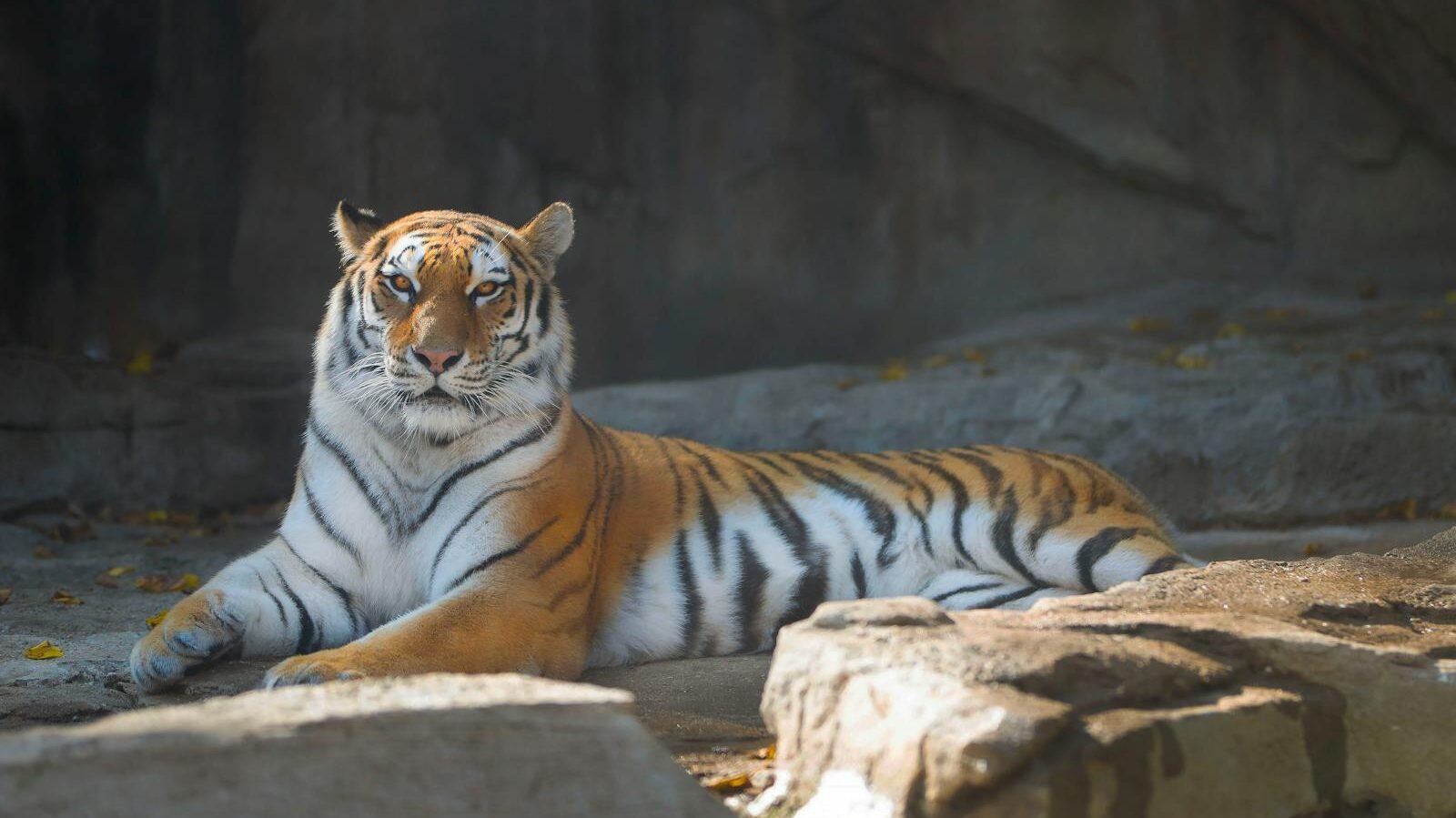
Photo by Julissa Helmuth via Pexels
Big cats span various species, including tigers, lions, leopards, jaguars, and cheetahs. Each of these species faces unique threats across different regions. For instance, the Amur leopard and the Sumatran tiger are critically endangered, with populations dwindling in the wild. Understanding the specific risks these cats face is crucial for formulating effective conservation strategies.
Habitat Loss: The Biggest Threat
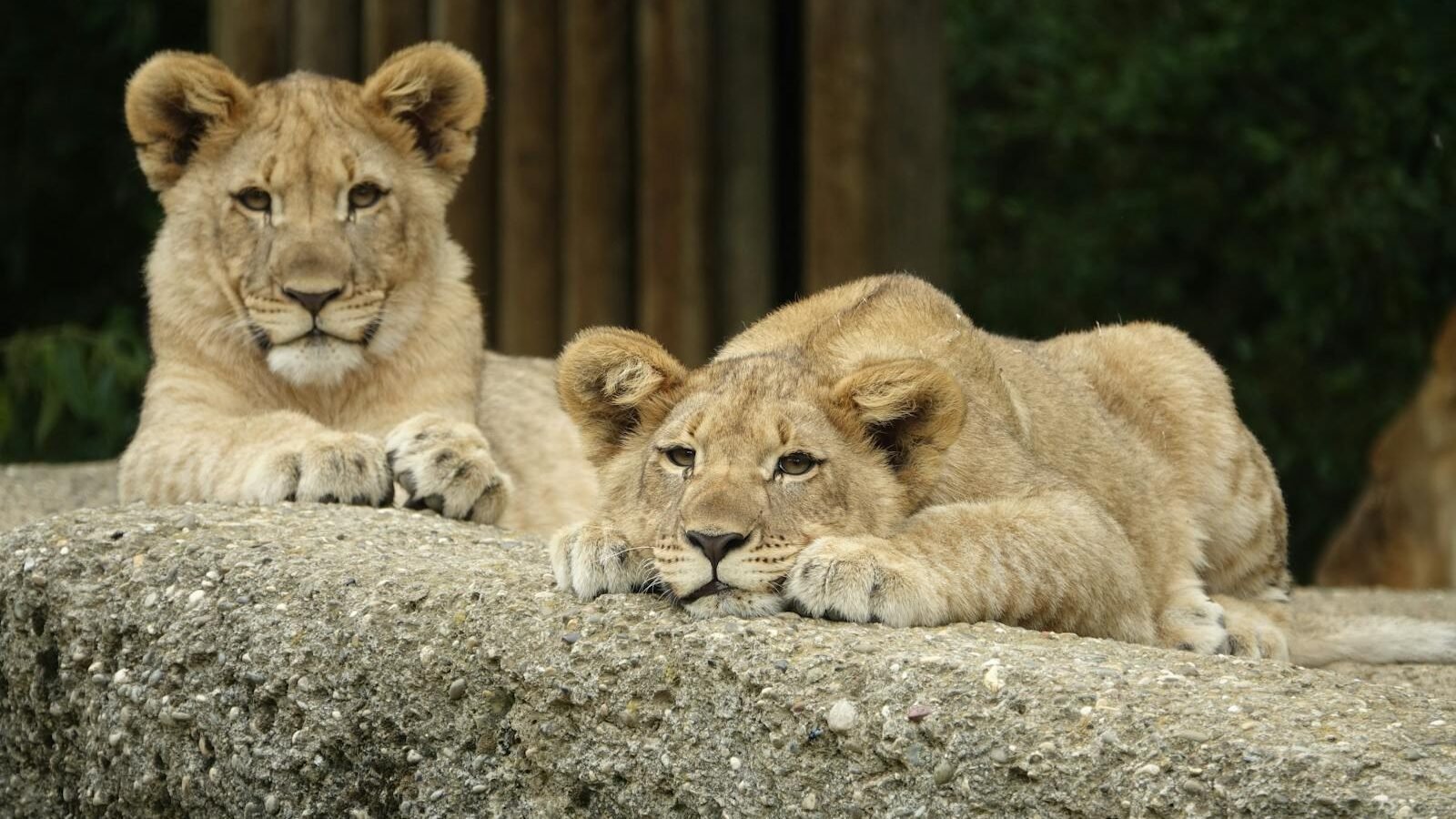
Photo by Pixabay via Pexels
One of the most significant challenges big cats face is habitat loss due to deforestation, agricultural expansion, and urbanization. As their natural habitats shrink, big cats are forced into smaller areas, which can lead to increased human-wildlife conflict. Efforts to protect and restore these natural habitats are vital in providing a sanctuary for these animals to thrive.
Human-Wildlife Conflict

Photo by Michael Morse via Pexels
The encroachment of human settlements into big cat habitats has increased the likelihood of conflicts. These often occur when big cats prey on livestock, leading to retaliatory killings by farmers. Mitigating these conflicts through community-based strategies and compensation schemes is key to protecting both big cats and human interests.
Poaching and Illegal Wildlife Trade
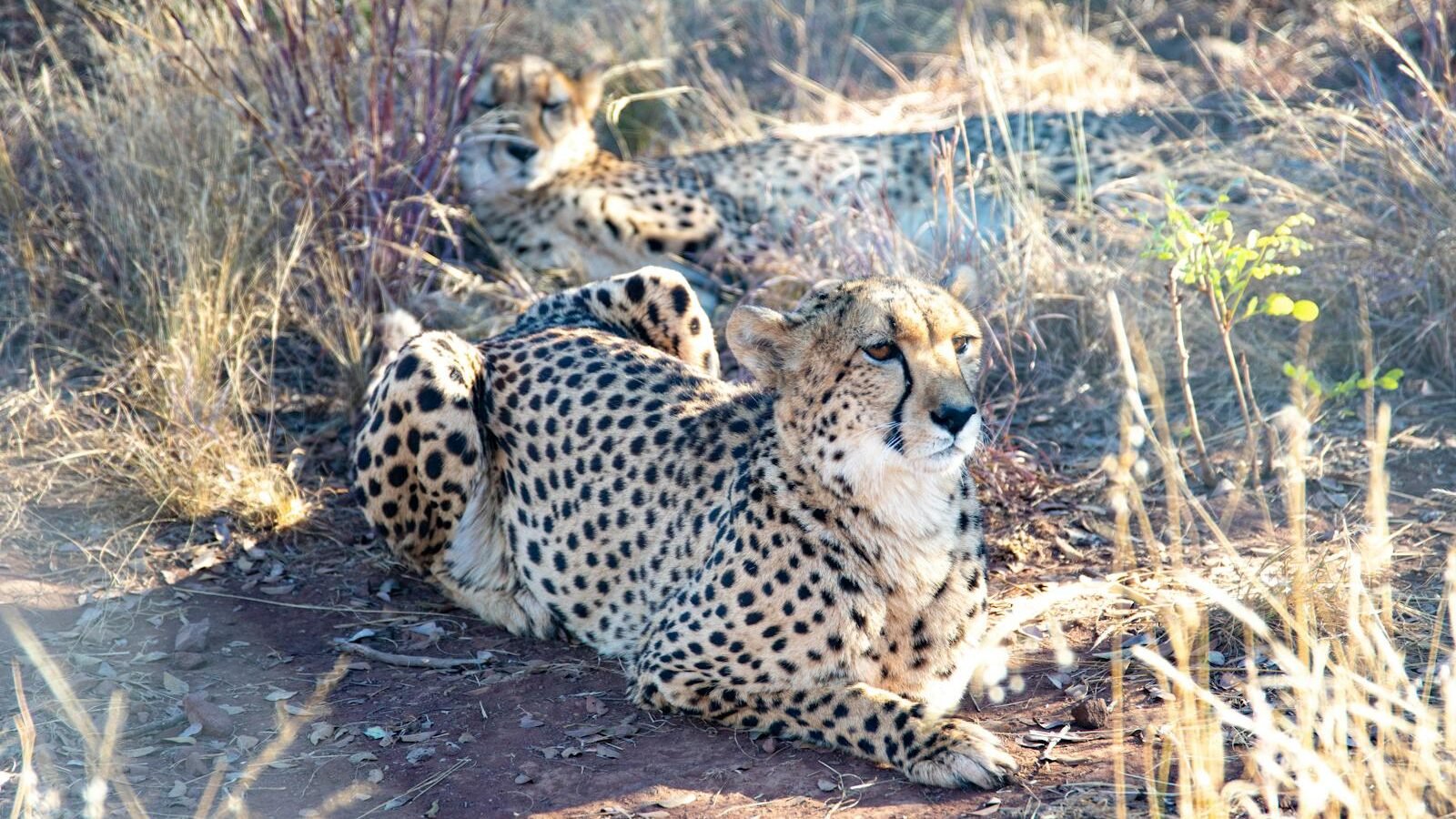
Photo by Magda Ehlers via Pexels
Poaching remains a primary concern for conservationists. Big cats are poached for their fur, bones, and other body parts, which are highly valued in some traditional medicines and as luxury items. Strengthening anti-poaching laws, improving enforcement, and raising awareness are necessary steps to curb illegal wildlife trade.
Lack of Genetic Diversity
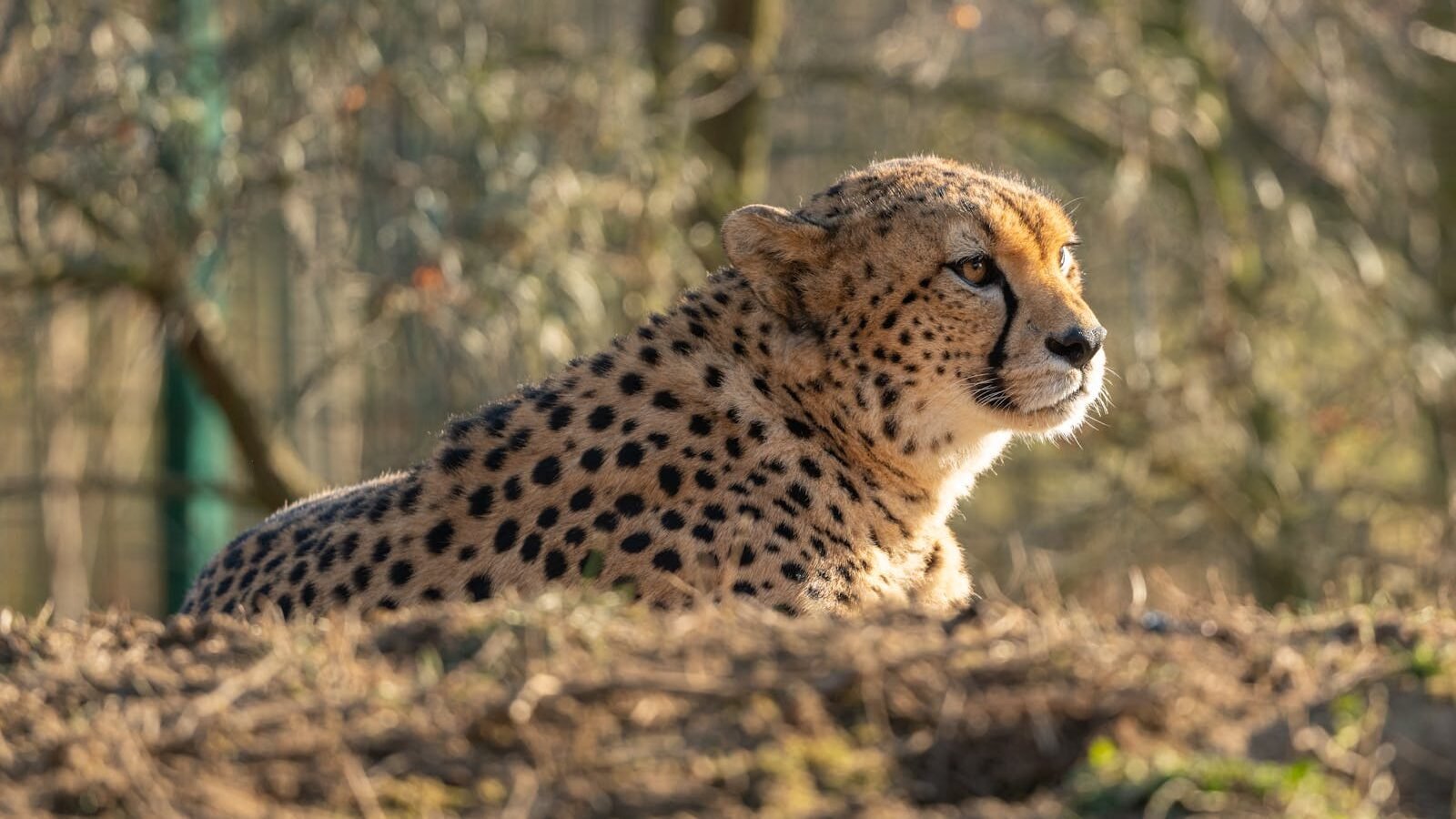
Photo by Petr Ganaj via Pexels
In small, isolated populations, the lack of genetic diversity can lead to inbreeding, reducing the species’ resilience to diseases and environmental changes. Conservation efforts must include creating wildlife corridors that connect fragmented habitats, allowing for genetic exchange between populations.
Climate Change and Its Impact

Photo by Markus Spiske via Pexels
Climate change presents another challenge, affecting prey availability, water sources, and habitats. Rising temperatures and changing rainfall patterns alter the landscape and distribution of species that big cats rely on. Adaptive conservation strategies are needed to anticipate and mitigate the effects of climate change.
Conservation Initiatives and Success Stories
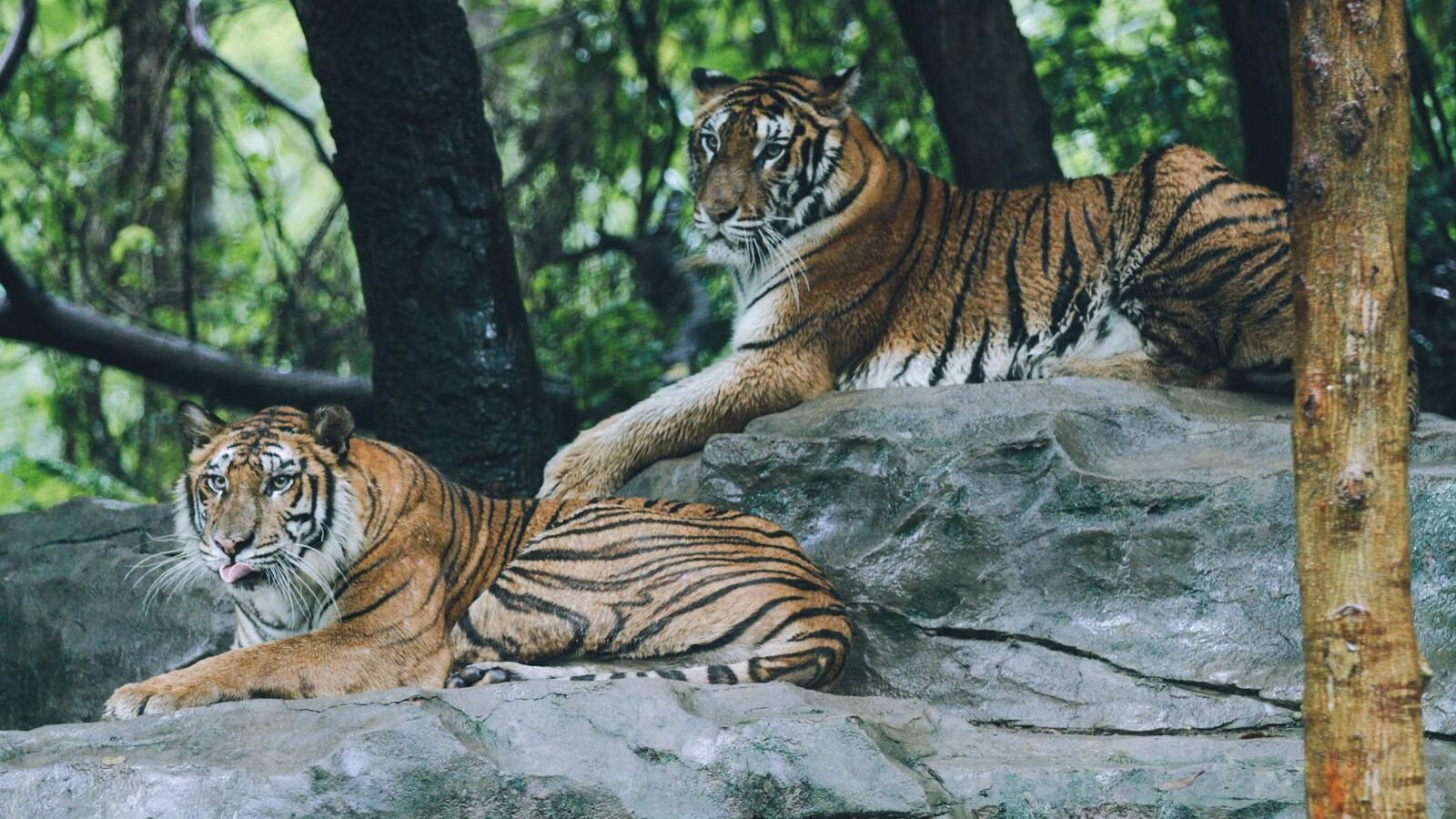
Photo by Mehmet Turgut Kirkgoz via Pexels
Across the globe, numerous organizations and governments have implemented successful conservation initiatives. For example, India’s Project Tiger has helped stabilize and even increase tiger populations through habitat management and strict anti-poaching measures. Highlighting these successes can provide valuable lessons for other regions facing similar challenges.
The Role of Technology in Conservation
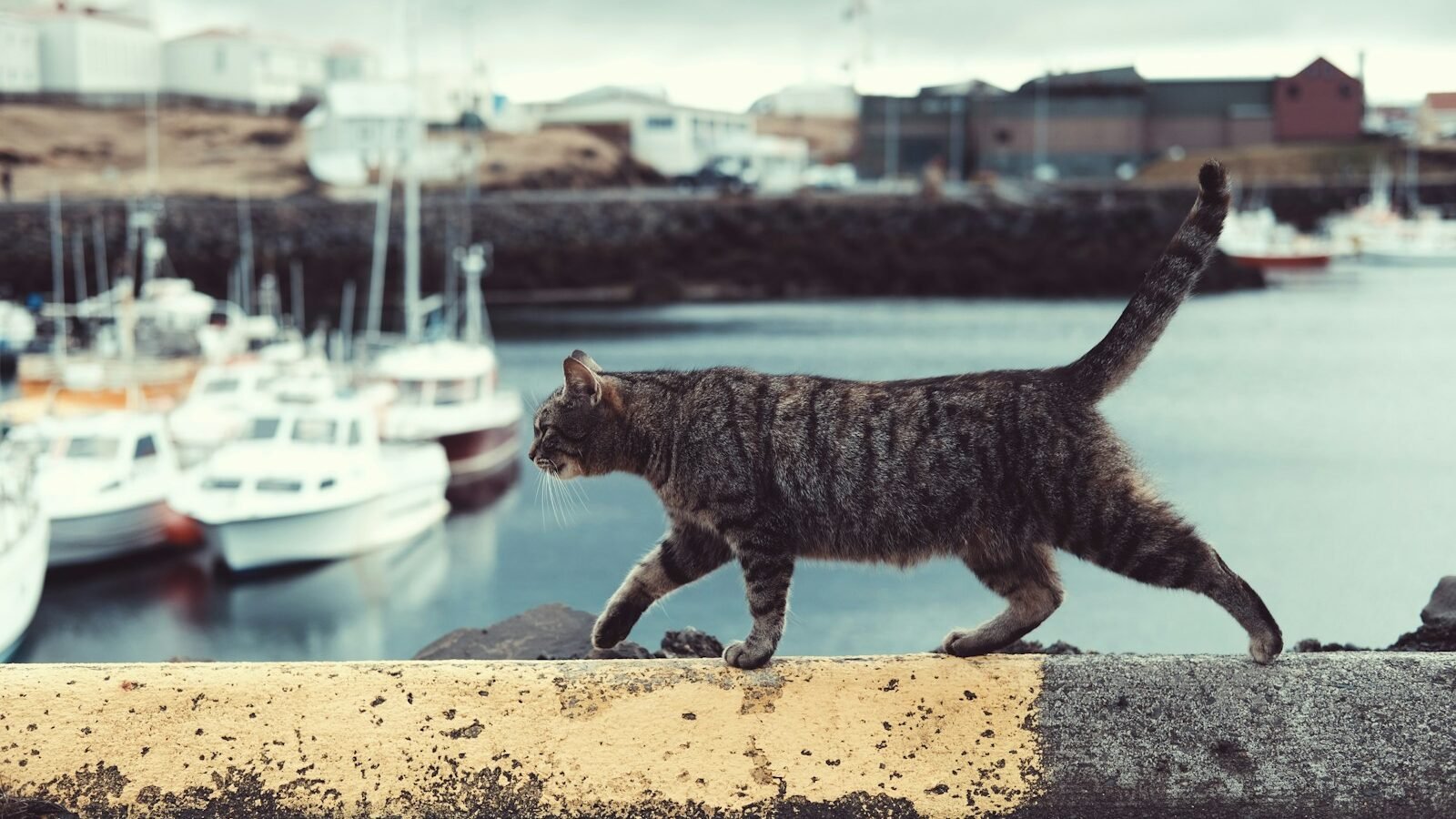
Photo by Ayla Meinberg via Pexels
Modern technology provides crucial tools for protecting big cats. Camera traps, drones, and satellite tracking allow for better monitoring of populations and habitats. These technologies help collect data that can inform more targeted conservation efforts and create early warning systems for wildlife poaching.
Community Involvement and Education

Photo by Ron Lach via Pexels
Local communities are essential allies in the fight to conserve big cats. Educating and empowering these communities through sustainable livelihood opportunities and involving them in conservation projects foster coexistence. When local people see tangible benefits from wildlife conservation, they are more likely to participate actively in these efforts.
Future Directions in Big Cat Conservation
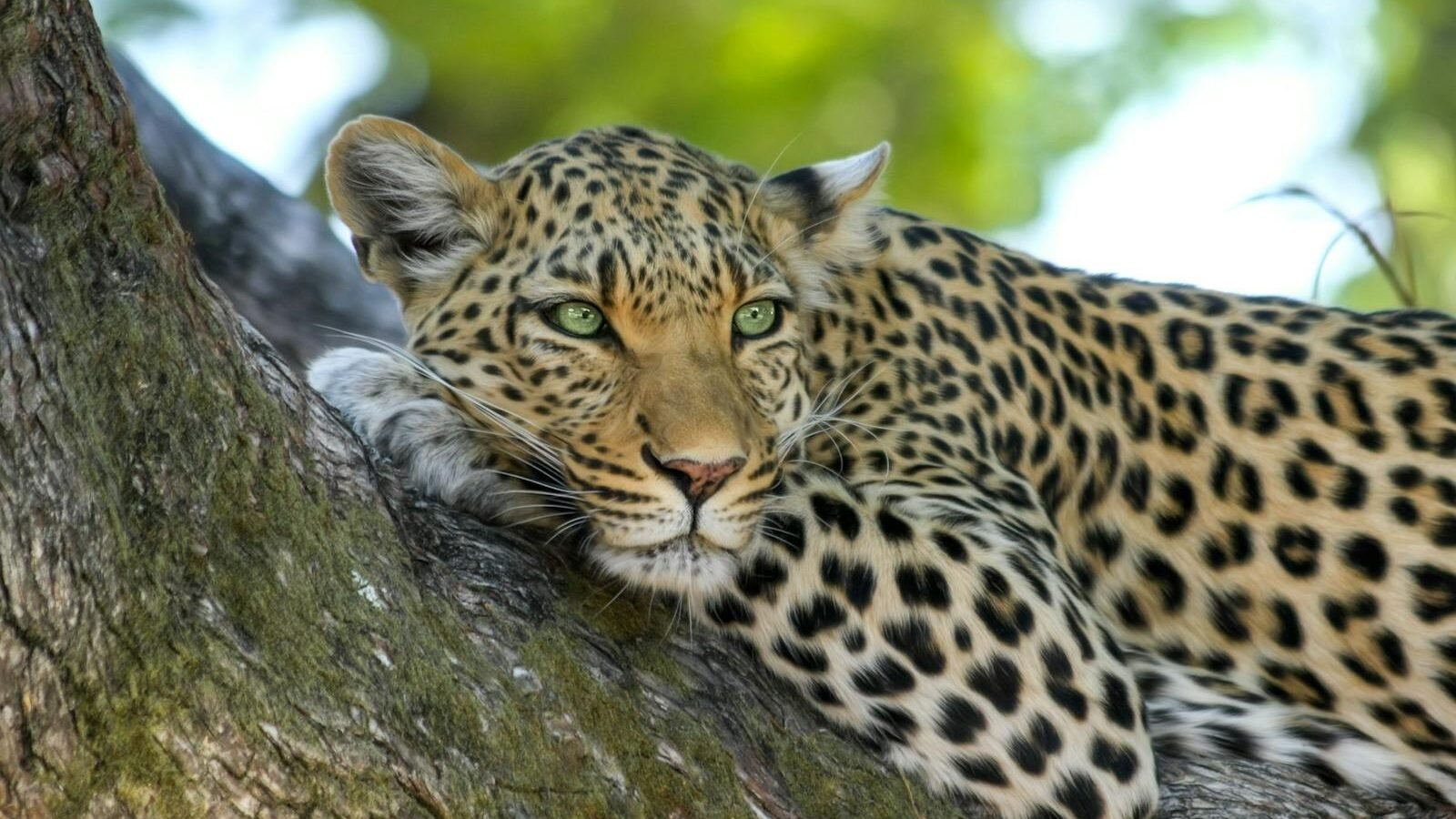
Photo by Pixabay via Pexels
The future of big cat conservation relies on a multi-faceted approach that combines science, policy, and community involvement. Collaborative international efforts to create new protected areas, restore habitats, and enforce conservation laws will be key. Continuing to adapt these strategies based on research and field data will ensure the long-term survival of big cats.
Efforts to protect endangered big cats face numerous challenges, from habitat loss to climate change. However, through continued dedication and innovation, it is possible to create a future where these incredible creatures can continue to roam the Earth, thriving in their natural habitats.

With over a decade of experience as a dedicated cat lover and enthusiast, I specialize in writing captivating content about all things feline. My expertise shines through in creating engaging and informative pieces that resonate with fellow cat lovers. As a proud cat parent to my beloved Duston, my personal connection to the world of cats adds authenticity and warmth to my work, making it relatable and heartfelt.






